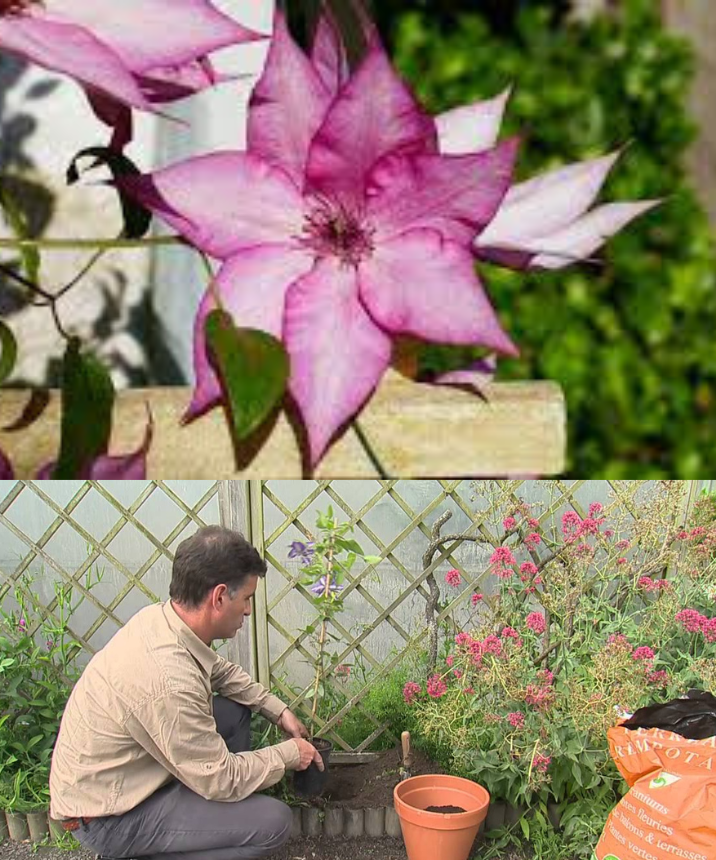When to Prune Clematis: A Comprehensive Guide
Pruning clematis at the right time is essential to ensure healthy growth and abundant flowering. In this article, we will explain when and how to prune clematis, according to their type and flowering period.
Pruning at Planting:
- All varieties of clematis should be pruned at the time of planting.
- Cut the plants to 20 cm above the ground to encourage good branching.
Pruning After Flowering:
- Early-flowering clematis, such as Clematis alpina, C. macropetala, and C. montana, should be pruned after flowering.
- Large-flowered or small-flowered clematis, as well as most late-flowering hybrids, should be pruned in late winter, in February or early March.
How to Prune Early-Flowering Clematis:
- Prune immediately after flowering.
- Remove weak or damaged stems.
- Remove dead wood.
- Lightly shorten the stems to shape the plant harmoniously.
How to Prune Large-Flowered Clematis:
- Prune in February/March before the start of vegetative growth.
- Remove dead or damaged wood and weak branches.
- Cut one stem out of every two to 40 cm above the ground, above two vigorous buds.
- After the first flowering, deadhead the flowers above a healthy bud to induce the growth of new shoots that will bloom in autumn.
Care After Pruning:
- Gently remove cut stems to avoid damaging those remaining on the support.
- Reinforce the trellis if necessary to support new shoots.
Late-Flowering Clematis and Herbaceous Species:
- Prune in February/March before the start of vegetative growth.
- Severely cut back all the year’s stems to 40 cm above the ground.
- Create “stages” of flowering by cutting only half of the stems and retaining the other half in length.
Conclusion:
Pruning clematis at the right time and in the correct way is crucial for their health and flowering. Follow these guidelines to ensure your clematis grow beautifully and healthily every season.
